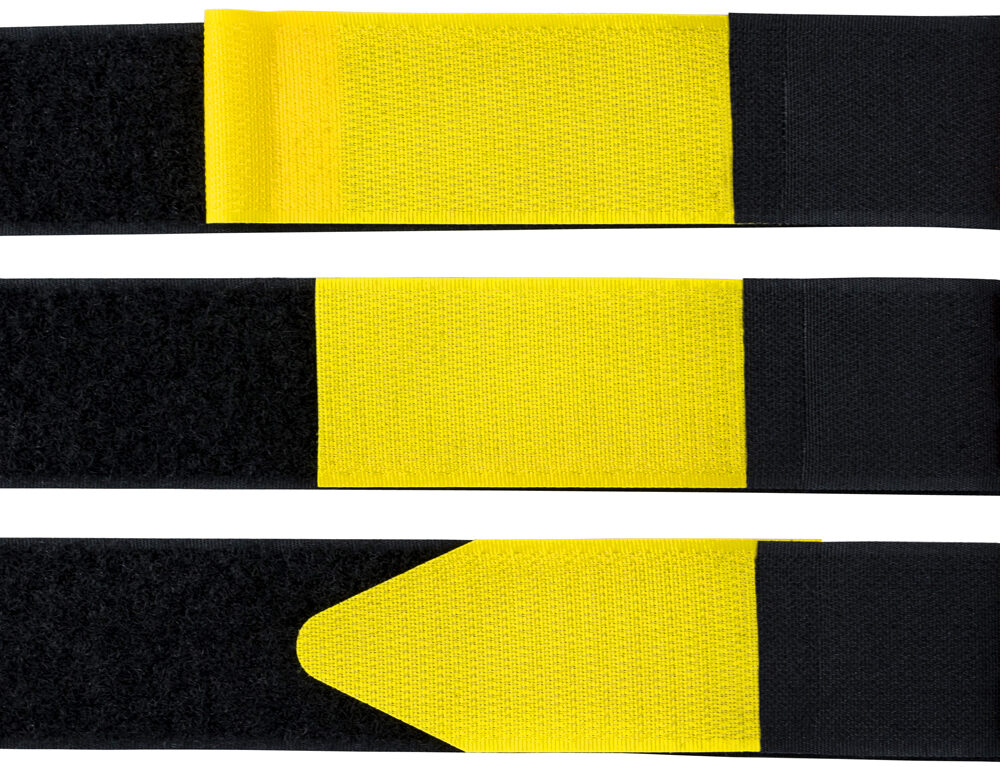Applications of Ultrasonic Welding
In light of our previous post regarding How to Make a Hook and Loop Strap, you may be wondering about ultrasonic welding and how it works. Ultrasonic welding is a manufacturing technique used to secure two materials together, like hook and loop. The first patent for welding metal objects using this process was awarded in 1960. Five years later, engineers discovered that sound waves could weld non-metal materials as well.

How Ultrasonic Welding Works
The technique uses ultrasonic, high-frequency acoustic waves instead of heat or electricity. As two components are secured under pressure, the ultrasonic welder emits high frequency sound waves that travel through the materials. When the waves locate the contact point, they cause the materials to vibrate, which generates friction, creating the heat that makes the components melt. After the waves are finished, the parts form a resilient bond as they cool and harden. This process does not require soldering or the use of metal fasteners, adhesives or other binding materials, such as thread.
Common Applications
This equipment is used to fuse contact points on cell phones and other consumer electronics that are generally inaccessible with other welding methods. These techniques can be adapted to a wide range of commercial and industrial applications. In the food industry, the ultrasonic welding process is used to create a hermetic seal. It can fasten blister packs and facilitate the manufacturing of a variety of products, including toys, disposable lighters, pipettes and intravenous catheters.
Ultrasonic welding is commonly used in the plastics, aerospace and automotive industries to join similar materials. It is particularly useful in the production of medical products. Since the process does not introduce exhaust or other contaminants and the welds do not degrade, the manufacturing equipment can be used in a clean-room environment.
Why We Use Ultrasonic Welders
Ultrasonic welding is an eco-friendly process that takes seconds, consumes very little energy and reduces costs while maintaining a high degree of quality. Bonding hook and loop fasteners together is our primary use for ultrasonic welding. The process creates a bond that is stronger than sewing. As a result, the hook and loop straps have the strength equivalent of one solid piece of material, creating a reliable bond. Since hook and loop are similar in makeup and thickness, this is an efficient method for securing both the hook to the loop, and the ring to the strap itself by looping the material around the ring and bonding it to itself.






